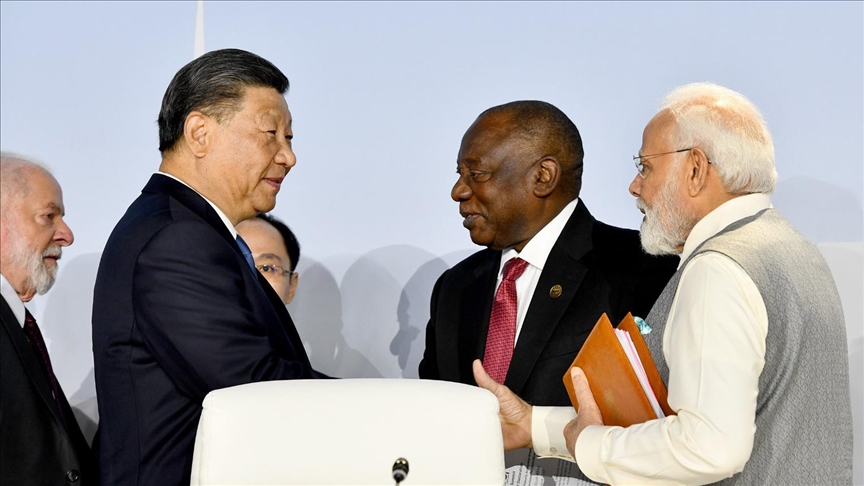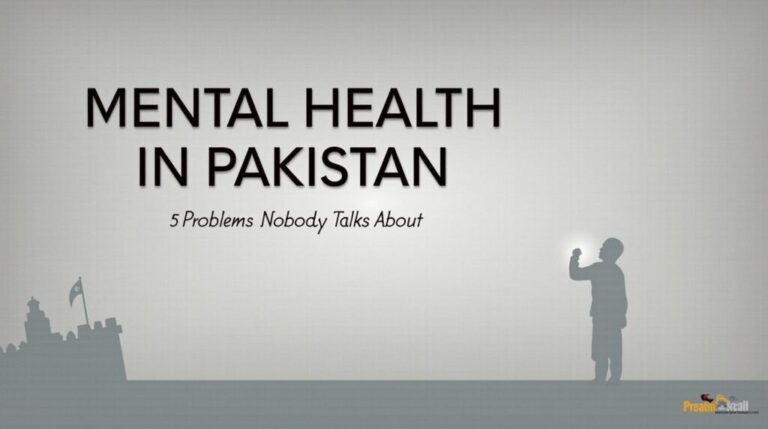Modi’s China Visit Amid US Tariffs: Geopolitical Shifts and Water Diplomacy in South Asia
Modi’s China visit amid US tariffs, in the backdrop of escalating US-India trade tensions marked by punitive tariffs, Prime Minister Narendra Modi’s upcoming visit to China in late August 2025 stands out as a critical strategic recalibration in contemporary Asian geopolitics. This diplomatic move at the Shanghai Cooperation Organisation (SCO) summit in Tianjin signals India’s effort to diversify its partnerships while managing security dilemmas and economic challenges stemming from strained US relations.
Beyond immediate bilateral ties, the visit unfolds within a broader regional context where water diplomacy, particularly involving China’s massive Brahmaputra hydropower dam and India-Pakistan water disputes, adds complexity to South Asia’s fragile stability.
https://mrpo.pk/indias-ever-shifting-foreign-policy/
The leaders of China and India say there is now deepening trust between them after years of tension that includes a long-running border dispute.
China’s President Xi Jinping and Indian PM Narendra Modi met on the sidelines of the Shanghai Co-operation Organisation (SCO) in the port city of Tianjin. It is Modi’s first time in China in seven years.
Xi told Modi that China and India should be partners, not rivals, while Modi said there was now an “atmosphere of peace and stability” between them.
Russian President Vladimir Putin is also at the summit, attended by more than 20 world leaders, which this year has been overshadowed by trade wars with the US. https://www.bbc.com/news/articles/clyrwv0egzro
Modi’s 2025 China Visit: Strategic Timing in a Complex Trade Environment
More than seven years since his last visit, Narendra Modi’s trip to China coincides with an unprecedented challenge in India-US relations. The Trump administration’s imposition of tariffs reaching up to 50% on Indian goods, primarily as a response to India’s sustained purchase of Russian oil despite US pressure, has sharply escalated economic conflicts between the two countries. India’s official stance is one of principled defiance, with Modi affirming readiness to “pay a heavy price” rather than compromise on national interests, particularly those of India’s farmers and industries.timesofindia.indiatimes+2
In this climate, India’s outreach towards China and other SCO member states represents both a pragmatic pivot and a diplomatic signal. The visit anticipates boosting trade ties and economic cooperation to offset losses from US tariffs and sanctions, while also easing tensions with Beijing after the 2020 border clashes that brought India-China relations to a low ebb. The SCO summit consolidates India’s multi-alignment foreign policy, engaging multiple global powers (Russia, China, and others) simultaneously to maximise its strategic autonomy.reuters+2
China’s potential support at this critical juncture includes easing bilateral trade barriers, providing diplomatic backing in multilateral forums such as the SCO, and stabilising border relations to enable India to concentrate on economic growth rather than security crises. Modi’s visit thus emerges as a calculated effort to recalibrate India’s international standing amidst a challenging trilateral dynamic involving the US and China.firstpost+1
India-China Trade Relations and the Scope for Economic Breakthroughs
Despite optimism, analysts caution that a sweeping trade breakthrough between India and China is improbable in the immediate term. Structural challenges such as India’s substantial trade deficit with China, limited Indian goods’ market access to China, and entrenched geopolitical distrust persist. Border disputes, notably the aftermath of the 2020 Galwan clashes, continue to weigh heavily, influencing India’s stance of “border before broader” engagement, contrasting with China’s preference for simultaneous political and economic rapprochement.bbc+1
Modi’s visit could lead to incremental progress, such as resumption of high-level economic dialogues, selective easing of tariffs, and improved investment facilitation, but deep trade reforms or major liberalisations remain distant goals. Nonetheless, the thaw in diplomatic relations has already revitalised channels for trade and investment, and China remains a major economic partner, making enhanced engagement mutually desirable within measured confines.firstpost+1
Broader Regional Implications: India-Pakistan Water Disputes and China’s Hydropower Leverage
Beyond trade, Modi’s China visit intersects with broader geopolitical issues, especially the India-Pakistan water dispute intensified by India’s suspension of the Indus Waters Treaty (IWT) in 2025. India’s unilateral reductions in water flow to Pakistan’s Indus basin—citing security concerns linked to cross-border terrorism—have escalated tensions and invited international concern. Pakistan views these measures as economic blockade tactics that threaten its agricultural economy and water security.nytimes
China’s role in this complex hydropolitical equation is significant due to its construction of the world’s largest hydropower dam on the Brahmaputra River (Yarlung Tsangpo) in Tibet. This upstream control gives China unprecedented influence over a river that traverses India’s northeastern states and Bangladesh, adding a critical dimension to transboundary water management and regional diplomatic leverage.nytimes
China can wield this hydrological advantage to indirectly pressure India in its water relations with Pakistan, conditioning its encouragement of India to ease water restrictions on Pakistan as part of a broader strategic package. Such diplomatic leverage could be coupled with China’s expectations related to India’s stance on the China-Pakistan Economic Corridor (CPEC) and broader regional security cooperation. However, India’s strong assertion of water sovereignty and existing distrust of China carefully delimites Beijing’s influence.nytimes
Water Diplomacy: A Geostrategic Chessboard in South Asia
India’s increasingly aggressive water policy, reflected in the suspension of the IWT and active diversion of rivers vital to Pakistan, is both a form of geopolitical leverage and a potential flashpoint for regional escalation. Experts warn that water disputes are becoming a new arena for India-Pakistan rivalry, heightening risks of military confrontation and further destabilising South Asia.nytimes
China’s upstream dam project on the Brahmaputra compounds this fraught scenario, placing Beijing in a position to influence water security politics between India and Pakistan while promoting its own regional interests. The hydropower project is more than an energy venture—it is an instrument interwoven with the geopolitics of water, economic connectivity, and security alliances.nytimes
Conclusion: A Multiplex Nexus of Trade, Diplomacy, and Water Security
Prime Minister Modi’s 2025 visit to China amidst US tariff conflicts exemplifies India’s pragmatic navigation of a complex, multipolar world. The visit signals India’s resolve to diversify partnerships to shield itself from punitive economic measures, stabilise volatile regional relations, and assert strategic autonomy.
Yet, the challenges are multifaceted. Economic cooperation with China advances gradually amid political mistrust; the India-Pakistan water dispute, intensified by India’s measures and China’s upstream dam, adds layers of strategic complexity; and the interplay of these dynamics shapes South Asia’s fragile security environment.
The Brahmaputra dam project underscores how natural resources—especially transboundary rivers—are entwined with geopolitics, acting as levers of influence and sources of potential conflict. India’s engagement with China on economic, security, and water issues will be pivotal in determining the region’s future stability and cooperation frameworks.
References
-
Times of India, “PM may visit China for the 1st time in 7 years amid trade standoff with US,” August 2025
-
Anadolu Agency, “‘Ready to pay heavy price:’ Indian Premier Modi on Trump tariffs,” August 2025
-
Reuters, “India’s Modi to visit China for first time in 7 years as tensions with US rise,” August 2025
-
Free Press Journal, “PM Modi Set to Visit China After 7 Years as Trump Targets India,” August 2025
-
Firstpost, “PM Modi to visit China: Why the trip matters amid Trump’s steep tariffs on India,” August 2025
-
India Today, “Will Trump’s tariff bomb see India, Russia, China gang-up on US?” August 2025
-
Al Jazeera, “US-India relations at their ‘worst’ as Trump slaps 50 percent tariff,” August 2025
-
Reuters, “India-US tariff standoff: What are New Delhi’s options and risks?” August 2025
-
BBC News, “Trump-Modi ties hit rock bottom with new tariffs on India over Russia oil,” August 2025
-
South Asia Water Diplomacy Publications & Reports (multiple sources synthesizing developments in Indus Waters Treaty suspension and China’s Brahmaputra dam), 2024–2025
This comprehensive synthesis provides an expert-level overview of the intersecting dimensions shaping Modi’s significant China visit, underlying US-India trade tensions, and the geopolitically charged water diplomacy that frames South Asia’s emerging challenges and opportunities.
- https://timesofindia.indiatimes.com/india/pm-may-visit-china-for-the-1st-time-in-7-years-visit-amid-trade-standoff-with-us/articleshow/123148637.cms
- https://www.aa.com.tr/en/asia-pacific/ready-to-pay-heavy-price-indian-premier-modi-on-trump-tariffs/3652593
- https://www.reuters.com/world/india/indias-modi-visit-china-first-time-7-years-tensions-with-us-rise-2025-08-06/
- https://www.youtube.com/watch?v=ro1pGQ1VB_k
- https://www.firstpost.com/explainers/india-pm-narendra-modi-china-visit-us-donald-trump-tariffs-13921444.html
- https://www.indiatoday.in/india/story/trump-tariff-bomb-india-pm-modi-china-visit-jaishankar-ajit-doval-russia-2767708-2025-08-07
- https://www.aljazeera.com/news/2025/8/7/us-india-relations-at-their-worst-as-trump-slaps-50-percent-tariff
- https://www.reuters.com/world/india/india-us-tariff-standoff-what-are-new-delhis-options-risks-2025-08-07/
- https://www.bbc.com/news/articles/c15lqe7v302o
- https://www.nytimes.com/2025/08/06/business/india-china-trump-tariffs.html



